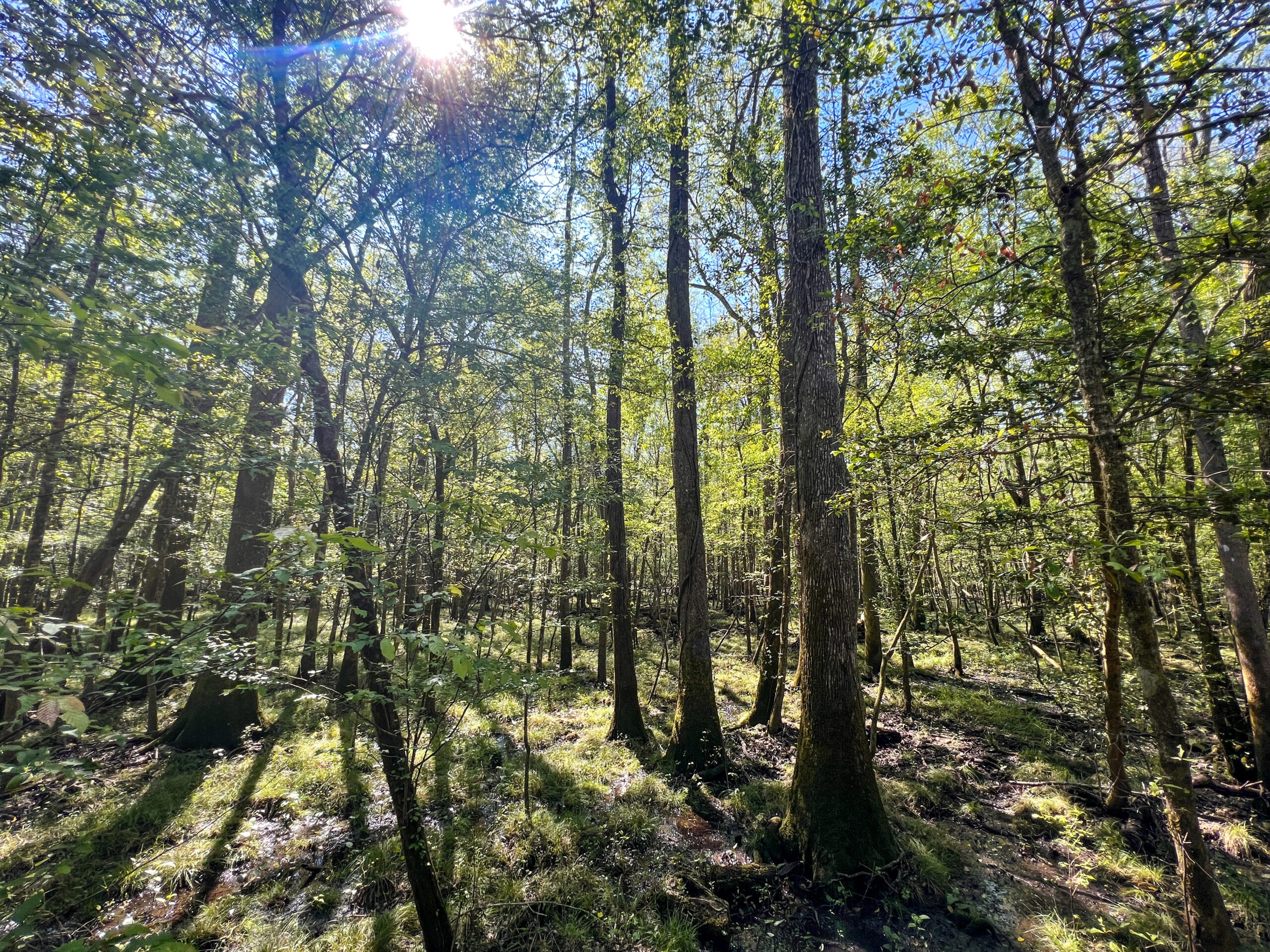Nestled in the heart of South Carolina, Congaree National Park is a true gem that offers a one-of-a-kind wilderness experience. From its expansive towering forests and meandering scenic hiking trails, there’s no shortage of adventures waiting to be had at Congaree National Park.
Disclosure: Some links on our site are affiliate links. If you purchase a linked item, we will make a commission, at no extra charge to you.
Table of Contents
History of Congaree National Park
History buffs, outdoor enthusiasts, and nature lovers alike will love the Congaree National Park’s rich history and diverse ecosystem. The park is a relatively new addition to the National Park System. While it was established as a national monument in 1976, it wasn’t until 2003 that it gained its national park status.
For much of its history, the land that is now Congaree National Park was home to indigenous people, including the Congaree and other tribes. These tribes used the land and their presence can still be seen today in the form of burial mounds and other artifacts.
European settlers arrive and began to use the land for agriculture and logging. The dense forests of the region provided an abundance of timber, and the Congaree River served as a vital transportation route for goods and supplies.
During the Civil War, the area now known as the Conagree National Park was a vital transportation route. The river was used to transport troops and supplies. Several important battles were fought in the region, including the Battle of Camden.
The forests were heavily logged, and by the 1960s, the land had been severely depleted. However, instead of abandoning the land, the government began considering other uses, including a national park. After years of advocacy by locals and conservationists, the park was established as a national monument in 1976. The national monument designation was a recognition of the park’s unique ecosystem, which includes the largest intact expanse of old-growth bottomland hardwood forest in the United States.
Congaree National Monument was updated to Congaree National Park in 2003. Today, the park covers more than 26,000 acres.
What Makes Congaree National Park Unique?
One of the most striking things about Congaree National Park is its old-growth forests, which are among the tallest and most diverse in the country. Some trees are reaching more than 160 feet tall and 700 years old. The park’s forests are dominated by hardwood trees, including species like loblolly pine, sweetgum, and oak.
The park is also home to a variety of wetlands and waterways, including the Congaree River, which runs through the heart of the park. The wetlands are teeming with life, including a variety of birds, fish, and amphibians.
However, the star of Congaree is easily the fireflies. While Gen-Xers and Boomers remember the fireflies of their youth, the insect has become harder to find due to pesticides today. However, the park is home to the synchronous firefly, which is one of only a few places in the world where this species can be seen. During certain times of the year (late May to early June), the fireflies light up the night sky with their synchronized flashing, creating a truly magical experience.
Must-See Sights in Congaree National Park
Hiking is one of the most popular activities in the park with one of the most popular trails in the park being the Boardwalk Loop. The boardwalk trail takes visitors winding through the heart of the forest. The boardwalk is wheelchair accessible and provides a unique perspective on the park’s wetlands and towering trees. For those looking for a longer hike, the Kingsnake Trail offers a challenging 11-mile trek through the heart of the old-growth forests and offers stunning views of the Congaree River.
Finally, no visit to Congaree National Park would be complete without experiencing the synchronous fireflies. The Congaree National Park is one of only a few places in the world where this species can be seen. During certain times of the year, usually late May and early June, the synchronous fireflies light up the night sky with their synchronized flashing, creating a truly magical experience.
The synchronous fireflies, known as “lightning bugs,” use their flashing patterns to communicate with potential mates. The males will fly around and flash in a specific pattern, and the females will respond with a flash of their own. This synchronized flashing creates a beautiful light show that can be seen throughout the park.
To see the synchronous fireflies, visitors can participate in a guided firefly tour offered by the park. These tours are typically held in the evenings during the peak firefly season and provide a unique opportunity to witness this incredible natural phenomenon up close. The tours are led by park rangers and experienced naturalists who can provide insight into the behavior and ecology of the fireflies.
The synchronous fireflies are just one of the unique features that make Congaree National Park a must-visit destination. Whether you’re interested in hiking, wildlife watching, or just taking in the natural beauty of the area, Congaree National Park has something to offer everyone.
While you’re in the area be sure to check out the sites in Columbia, the nearby Battle of Camden historical site, and the American Revolutionary Center.


